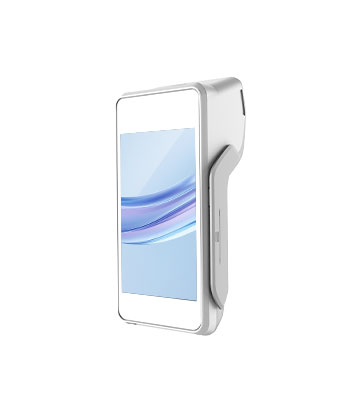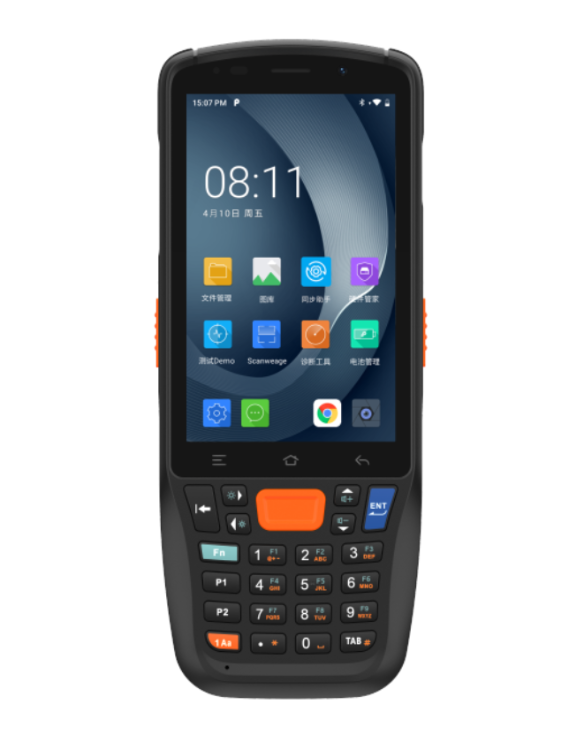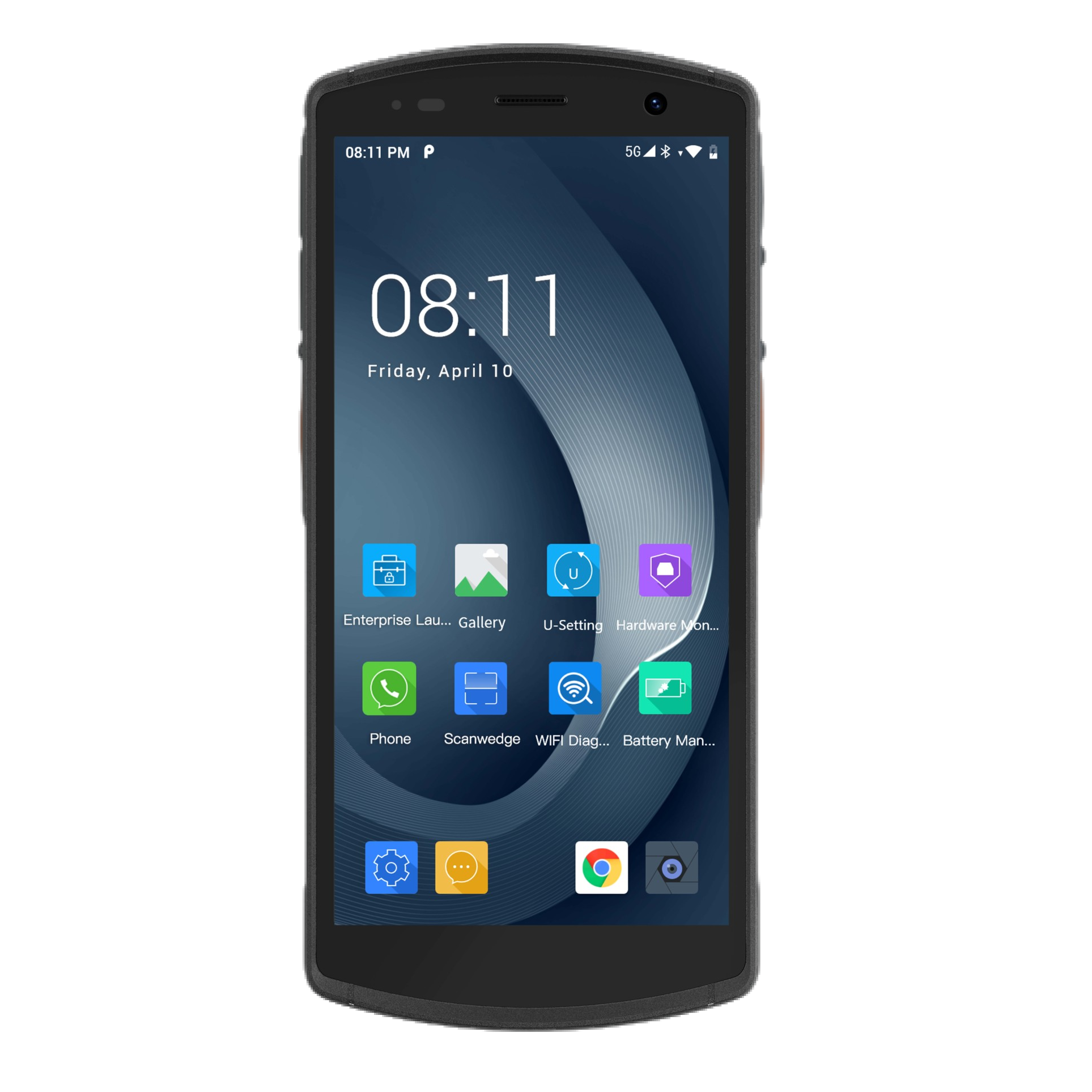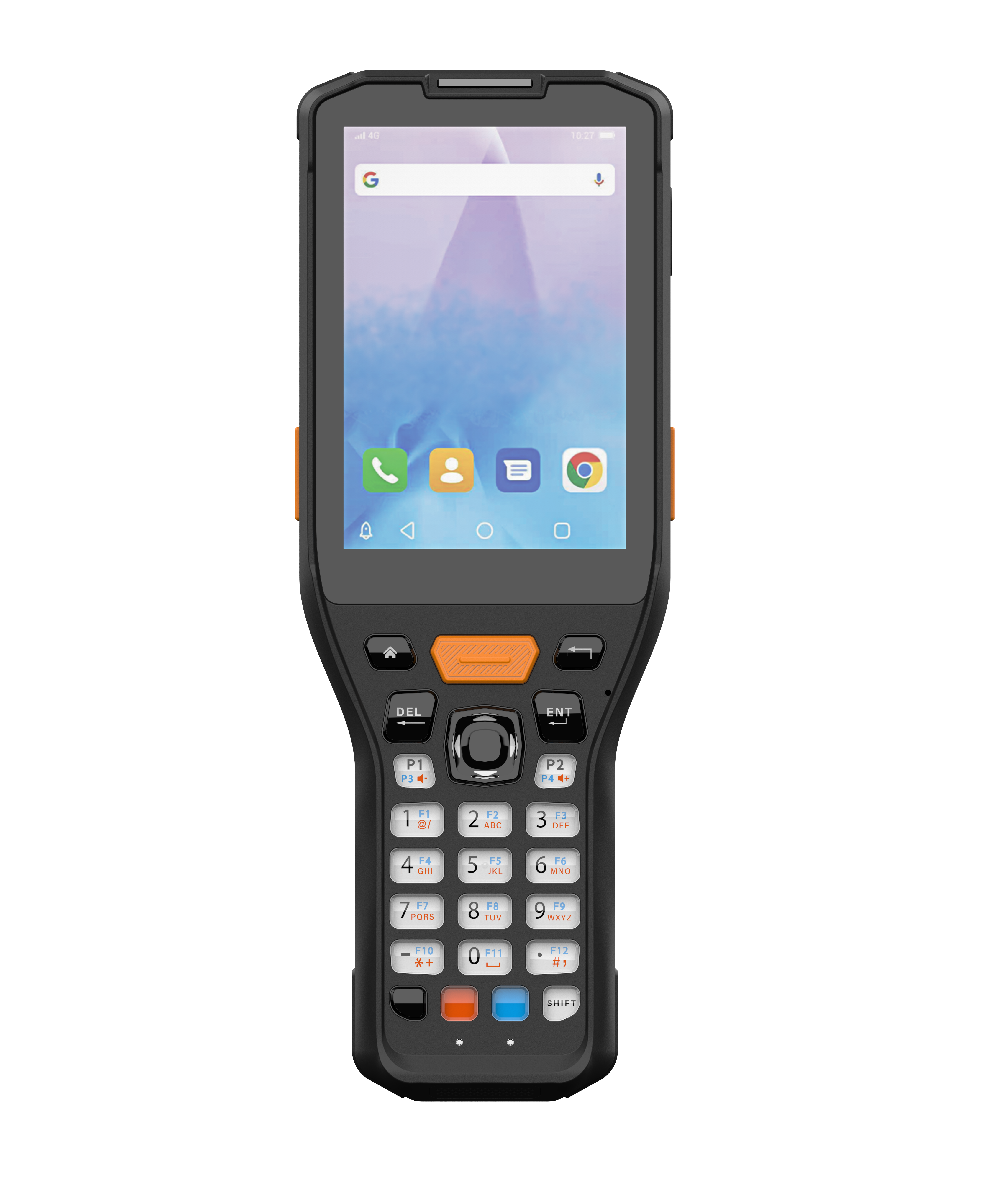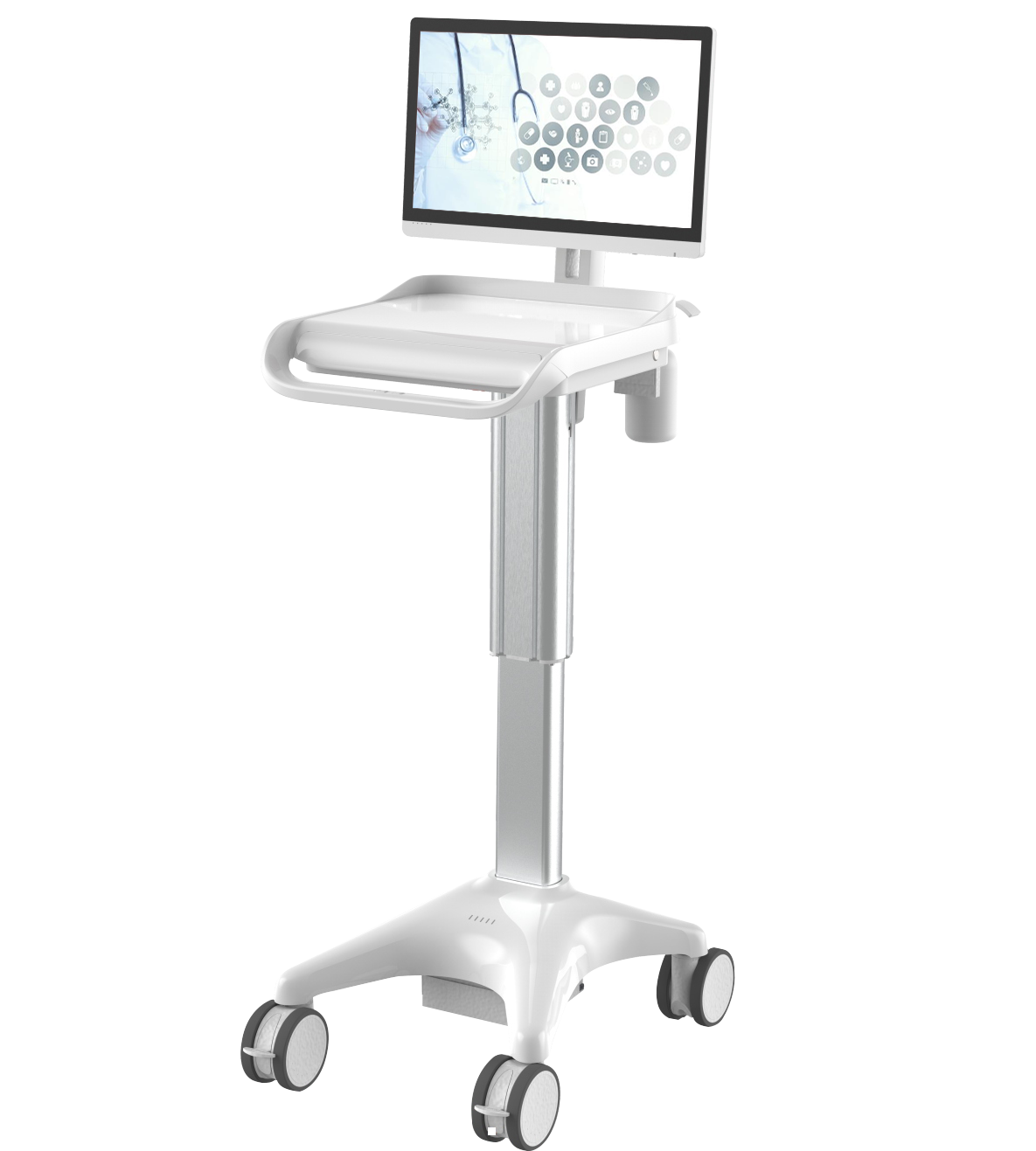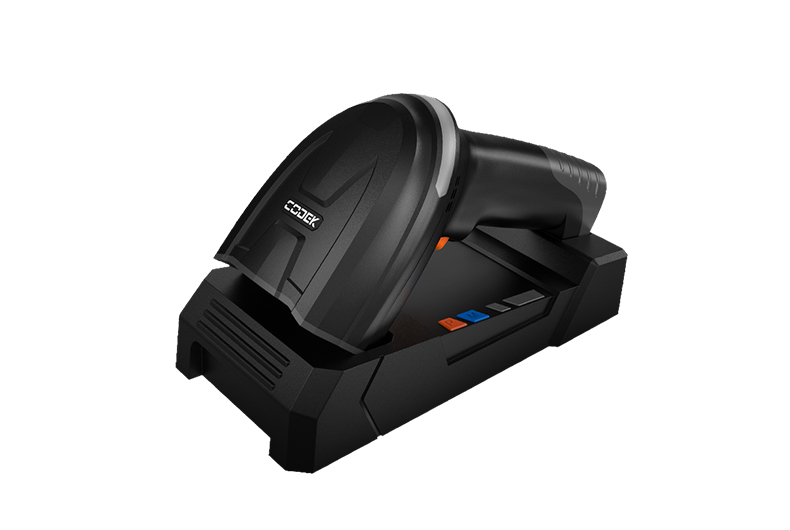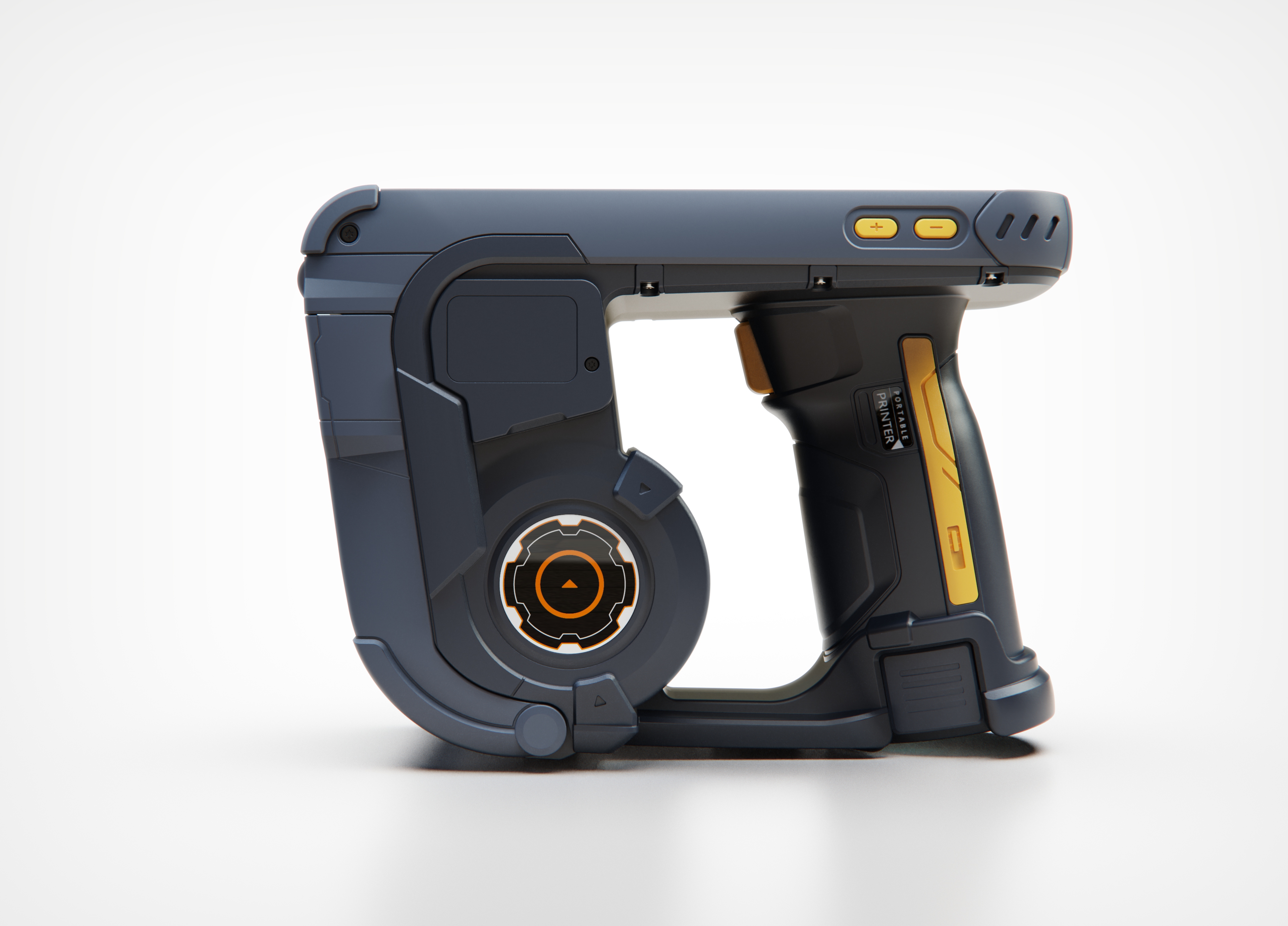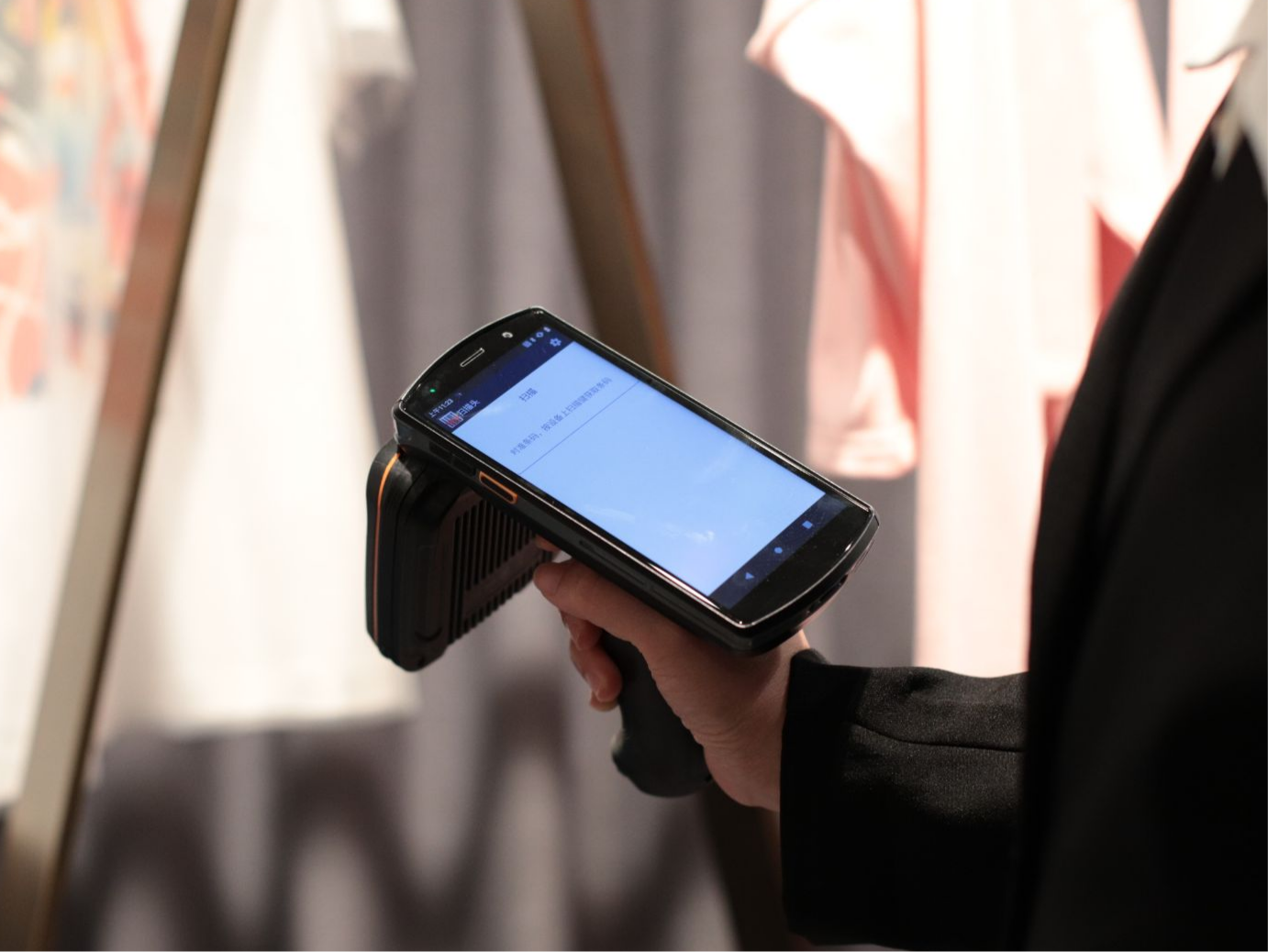Common Issues with UHF RFID Readers
UHF RFID readers have become indispensable tools in various industries, providing efficient tracking and data collection. However, like any technology, they can encounter issues that may hinder their performance. Right now, we’ll guide you through troubleshooting common problems with UHF RFID readers and provide practical solutions to ensure optimal performance. Whether you are using a handheld RFID reader, or a UHF RFID scanner gun, these tips will help you maintain efficiency and reliability in your operations.
What is UHF RFID Technology
UHF RFID (Ultra-High Frequency Radio Frequency Identification) technology is known for its long read range and fast data transmission. UHF readers work by sending radio waves to RFID tags, which respond with their stored information.
Common Issues with UHF RFID Readers
Despite their advantages, UHF RFID readers can face several common issues, including:
- Tag Collisions: Multiple tags interfering with each other.
- Interference: External factors affecting signal strength.
- Data Integration: Challenges in integrating collected data with existing systems.
Addressing these issues promptly can prevent downtime and maintain the smooth operation of your UHF RFID systems.
Troubleshooting Read Range Limitations
Read range limitations can stem from various factors such as antenna power, tag quality, environmental conditions and tag surface material. To extend the read range of your UHF RFID reader:
Check the Antenna
Ensure that the antenna is properly aligned and functioning. The UROVO DT51U, equipped with a 5dBi high-sensitivity RFID antenna, offers a reading distance of over 20 meters, which can significantly enhance your operational efficiency.
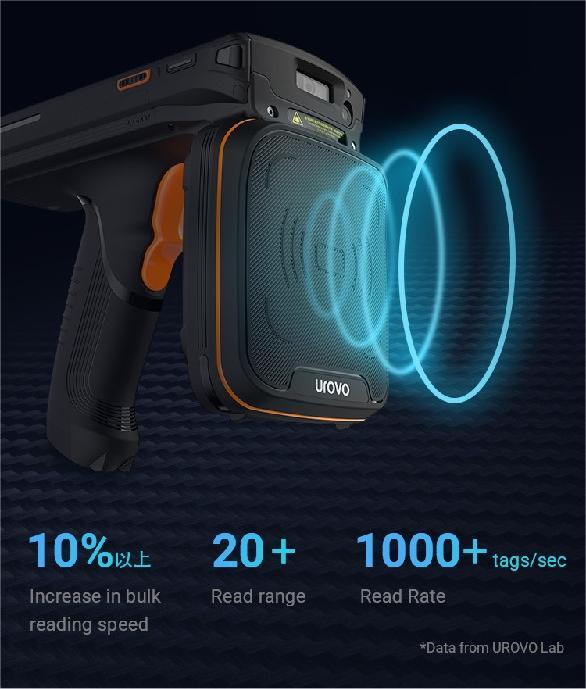
Optimize Tag Placement
Position tags in a way that maximizes their exposure to the reader's signal. The placement of RFID tags can greatly influence the read range:
- Orientation: Tags should be oriented to face the reader antenna directly.
- Height and Position: Place tags at consistent heights and positions relative to the reader to avoid signal obstruction.
Adjust Reader Settings
Increase the power settings of your UHF RFID handheld reader to boost signal strength, if your device supports it. Adjusting the power output can help overcome minor obstacles and improve read range.
Consider the Surface Material
The surface to which the RFID label is attached plays a significant role in read range performance. Different materials can affect the RFID signal differently:
- Metal Surfaces: Metal can reflect and interfere with RFID signals, reducing read range. Using on-metal tags designed for such surfaces can mitigate this issue.
- Liquids: Liquids can absorb RFID signals, leading to reduced read range. Proper tag placement and using tags designed for liquid environments can help.
- Other Materials: Ensure that tags are placed on surfaces that do not significantly interfere with RFID signals. Testing different tag types and placements can identify the best configuration for your environment.
By understanding and addressing these factors, you can enhance the read range and overall performance of your UHF RFID reader, ensuring efficient and reliable operations in your business. Implementing these practical solutions will help you overcome common read range limitations and maximize the effectiveness of your RFID system.
Tag Collisions
Tag collisions occur when multiple tags respond simultaneously, causing data loss or misreads. To minimize tag collisions:
- Use Anti-Collision Algorithms: Modern UHF RFID readers, like the UROVO DT51U powered by the Impinj E710 chip, incorporate anti-collision technology to manage multiple tag readings effectively.
- Adjust Read Intervals: Reduce the read rate to prevent simultaneous tag responses.
- Optimize Tag Density: Space out tags to reduce the likelihood of collisions.
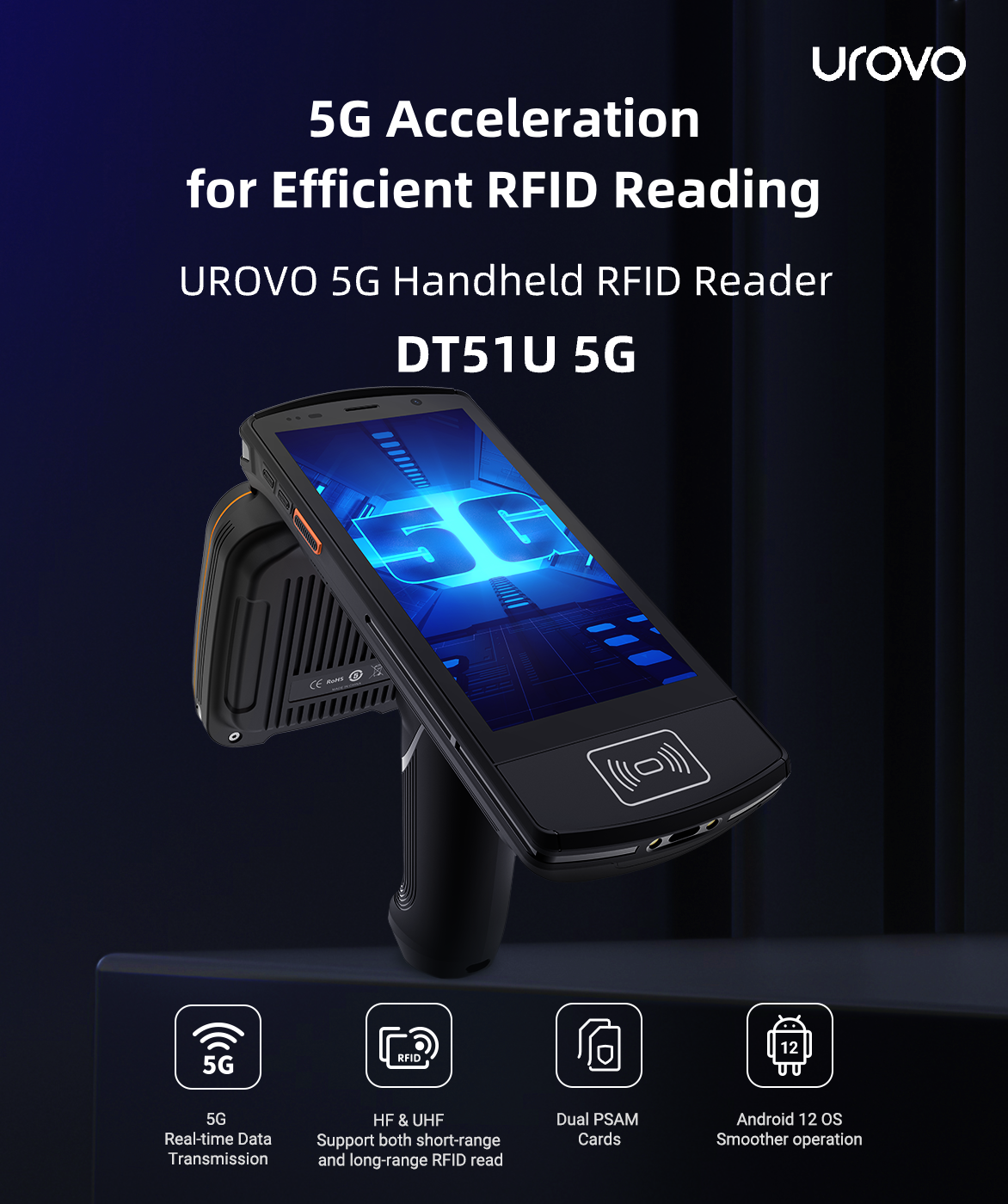
Minimizing Interference
Interference from other electronic devices or environmental factors can impact the performance of your UHF tag reader. Here’s how to minimize interference:
- Identify Sources of Interference: Look for and mitigate sources of RF interference such as Wi-Fi routers, metal objects, and other RFID readers.
- Use Dual-Band Wi-Fi: Devices like the UROVO DT51U support dual-band Wi-Fi at 2.4GHz/5GHz, ensuring stable data transmission even in environments with channel interference.
- Optimize Reader Placement: Position your reader away from potential sources of interference and use shielding techniques if necessary.
Data Integration and Software Issues
Integrating data from your UHF RFID reader with existing systems can be challenging. To ensure smooth data integration:
- Use Compatible Software: Ensure your RFID reader is compatible with your data management software. UROVO devices offer robust software support for seamless integration.
- Regular Software Updates: Keep your reader’s firmware and associated software up to date to avoid compatibility issues.
- Consult Technical Support: Utilize technical support from your RFID reader provider for complex integration issues.

Preventative Measures for Optimal Performance
Maintaining the optimal performance of your UHF RFID handheld reader requires regular upkeep and best practices:
- Regular Maintenance: Conduct routine checks and maintenance to keep your reader in top condition.
- Update Firmware: Regularly update your device’s firmware to benefit from the latest features and bug fixes.
- Battery Management: For devices like the UROVO DT51U with a 7000mAh removable high-capacity battery, ensure that batteries are fully charged and properly maintained to meet round-the-clock work demands.
Conclusion
Troubleshooting and preventative maintenance are crucial for the efficient operation of UHF RFID readers. By understanding common issues and implementing the solutions provided, you can ensure the reliability and effectiveness of your RFID systems.
Know about Urovo
For more information or assistance with your UHF RFID scanner gun or any other RFID reader, feel free to contact us. Our team at UROVO is here to support your business needs and ensure your RFID systems are running smoothly. Reach out to us for expert advice and reliable products.
By addressing these common issues and following our practical solutions, you can maximize the performance and longevity of your UHF RFID readers, keeping your business operations efficient and effective.


